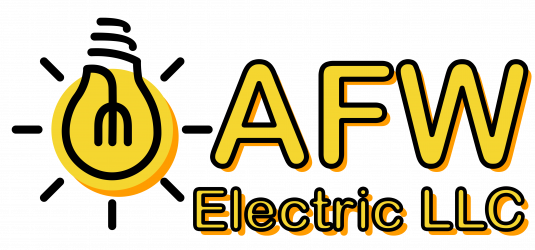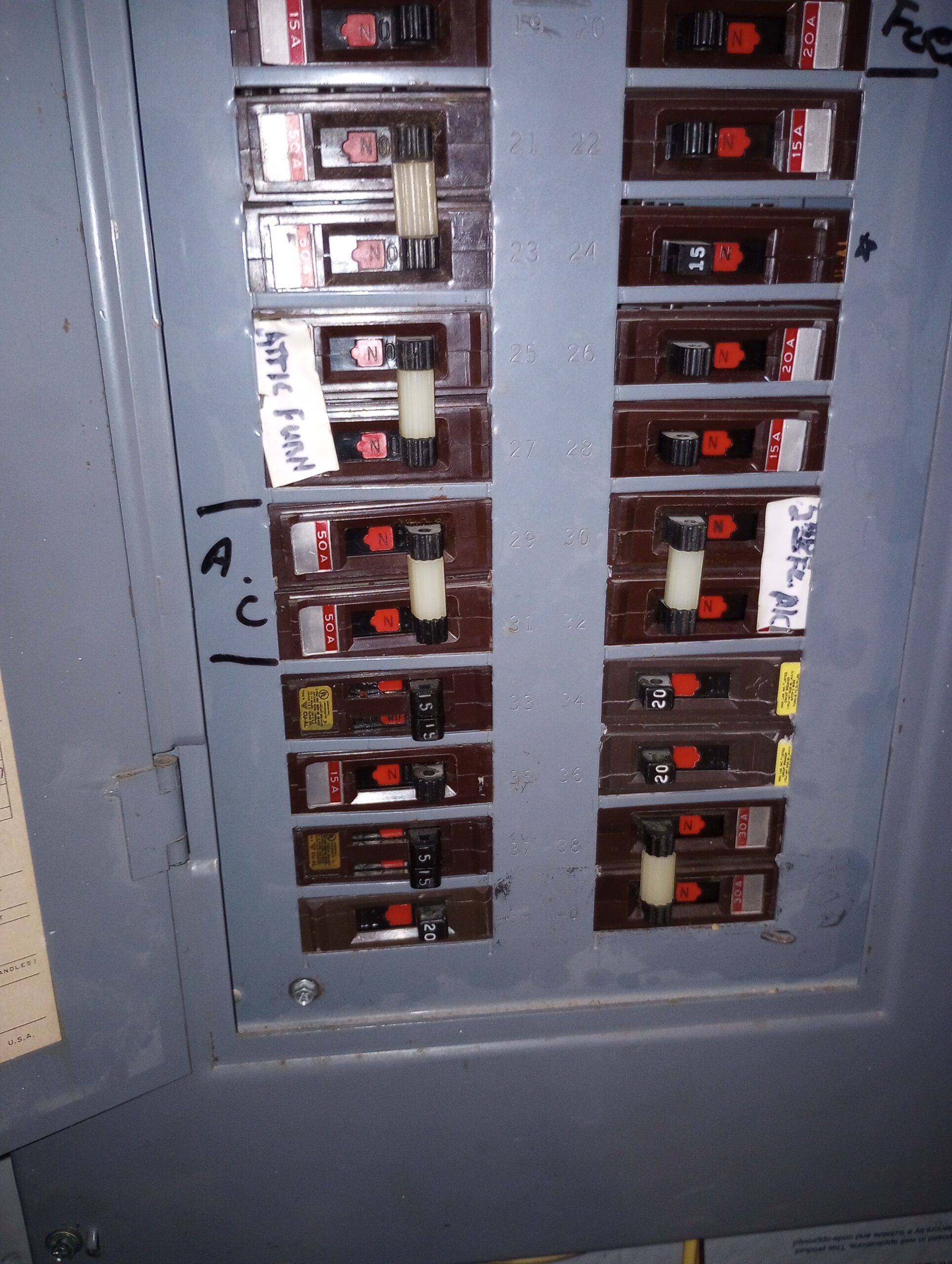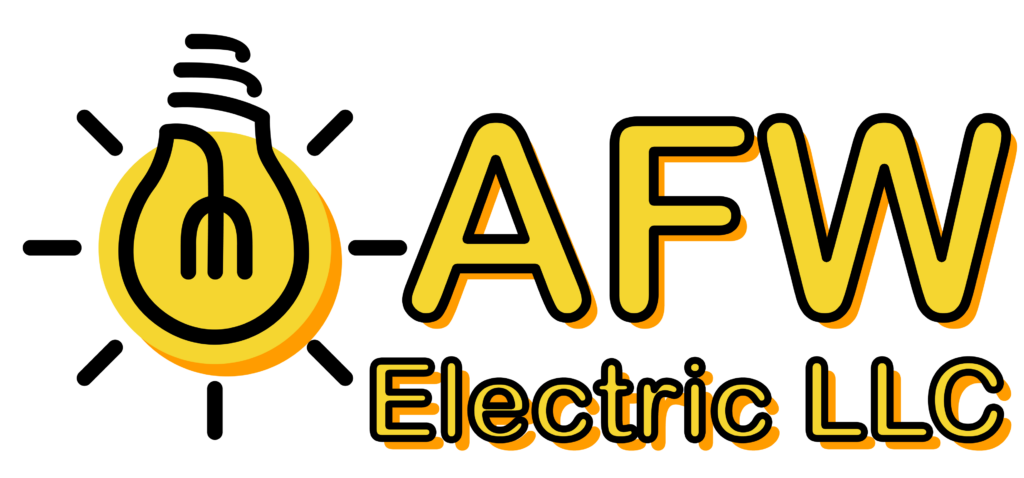
Common Electrical Myths Debunked by a Professional Electrician
Electricity powers nearly every aspect of modern life, yet it remains a mystery to many homeowners. This lack of understanding often leads to the spread of myths and misconceptions about electrical systems and electrical panels. While some of these myths might seem harmless, believing them can put your home and family at risk.
In this blog, we’ll explore some of the most common electrical myths, explain why they’re false, and provide professional insights to help homeowners stay informed and safe.
Myth: Power Strips Can Handle Unlimited Devices
One of the most widespread electrical myths is that you can plug as many devices as you want into a power strip without any issues. Homeowners often use power strips to connect multiple electronics, especially in areas with limited outlets. However, this misconception can lead to serious safety hazards.
The Reality:
Power strips have limits on how much electrical load they can handle, which is typically measured in amps or watts. Overloading a power strip can cause it to overheat, leading to potential fires. This is particularly dangerous when high-wattage appliances, such as space heaters or hairdryers, are plugged into power strips.
Professional Insight:
- Check the power strip’s capacity, usually labeled on the device, and ensure the combined wattage of your plugged-in items does not exceed this limit.
- Avoid using power strips for high-demand appliances. These should be plugged directly into wall outlets.
- Use surge-protected power strips to safeguard your electronics from power surges.
Myth: Flickering Lights Are Normal
Flickering lights are often dismissed as harmless or simply attributed to a loose bulb. While this can sometimes be the case, persistent flickering is usually a sign of an underlying electrical issue.
The Reality:
Flickering lights can indicate problems such as loose wiring, circuit overloads, or faulty connections. These issues pose serious safety risks, including the potential for electrical fires.
Professional Insight:
- If tightening or replacing the bulb doesn’t resolve the flickering, consult an electrician to inspect your wiring and circuit connections.
- Flickering lights in multiple areas of your home could signal a problem with your electrical panel or the grid supply.
Myth: It’s Safe to DIY Electrical Repairs
With countless tutorials online, many homeowners feel confident attempting DIY electrical repairs. While tackling minor home improvement projects can be rewarding, working on electrical systems without proper training is dangerous and often illegal.
The Reality:
DIY electrical work can lead to serious safety hazards, including electrical shocks, fires, and code violations. Many states and municipalities require licensed electricians to perform certain types of electrical work to ensure compliance with safety regulations.
Professional Insight:
- Always hire a licensed electrician for electrical repairs, installations, and upgrades. They have the training and expertise to ensure the work is done safely and correctly.
- Attempting DIY fixes can void home insurance policies if the work does not meet code requirements.
Myth: Turning Off the Breaker Makes Electrical Work Safe
Many homeowners believe that flipping the circuit breaker for a particular area of their home makes it safe to work on electrical outlets, fixtures, or wiring. While turning off the breaker is a critical safety step, it does not eliminate all risks.
The Reality:
Even with the breaker off, electricity can still flow through certain parts of your electrical system. Additionally, if you mistakenly turn off the wrong breaker, the area you’re working on may still be live. Improper tools or techniques can also lead to accidents.
Professional Insight:
- Use a voltage tester to confirm that the power is completely off before working on any electrical components.
- For any electrical work beyond simple tasks like changing a lightbulb, it’s best to call a licensed electrician.
Myth: Circuit Breakers Will Always Protect Against Overloads
Circuit breakers are designed to trip when there’s an electrical overload or short circuit, cutting off power to prevent fires. While they provide critical protection, relying on them as a failsafe can be risky.
The Reality:
Circuit breakers can become worn over time and may fail to trip when needed. Overloaded circuits can also cause overheating in the wiring before the breaker trips, leading to potential fire hazards.
Professional Insight:
- Schedule regular inspections of your electrical panel to ensure the breakers are functioning correctly.
- Avoid overloading circuits by distributing high-demand appliances across multiple circuits and using outlets sparingly.
Myth: GFCI Outlets Are Only Needed Near Water
Ground Fault Circuit Interrupter (GFCI) outlets are often associated with kitchens and bathrooms because of their ability to prevent shocks in wet areas. However, some homeowners mistakenly believe they are unnecessary in other parts of the home.
The Reality:
While GFCI outlets are essential in areas where water is present, they are also beneficial in garages, basements, and outdoor spaces. They provide protection against ground faults, which can occur anywhere in your home.
Professional Insight:
- Install GFCI outlets wherever required by the National Electrical Code (NEC). A licensed electrician can help you determine where they are needed.
- Test your GFCI outlets monthly using the “test” and “reset” buttons to ensure they are functioning correctly.
Myth: Older Homes with “Working” Wiring Don’t Need Upgrades
Many homeowners assume that if an older home’s electrical system is still functional, there’s no need to upgrade it. While older wiring may seem fine on the surface, it often doesn’t meet modern safety standards or power requirements.
The Reality:
Older homes often have outdated wiring methods, such as knob-and-tube or aluminum wiring, which can degrade over time and become fire hazards. Additionally, these systems were not designed to handle the electrical demands of today’s appliances and electronics.
Professional Insight:
- Have an electrician inspect your home’s wiring to determine if upgrades are necessary.
- Upgrading to modern copper wiring and circuit breakers can improve safety and energy efficiency.
Myth: Electrical Systems Require No Maintenance
Some homeowners believe that electrical systems are “set it and forget it” and require no maintenance after installation. This misconception can lead to undetected issues that worsen over time.
The Reality:
Like any other system in your home, electrical systems need regular maintenance to remain safe and functional. Over time, connections can loosen, breakers can wear out, and wiring can degrade.
Professional Insight:
- Schedule periodic inspections of your electrical system, especially if your home is older or has undergone renovations.
- Maintenance tasks like tightening connections, testing breakers, and checking for signs of wear can prevent costly repairs and hazards.
Myth: Appliances Don’t Use Power When Turned Off
Many people believe that turning off an appliance, such as a TV or coffee maker, means it’s no longer using electricity. While this is true for some devices, many modern electronics continue to draw power even when turned off.
The Reality:
Devices like TVs, computers, and chargers often have standby modes that consume electricity, known as “phantom” or “vampire” power. Over time, this can add up to significant energy waste.
Professional Insight:
- Unplug devices when not in use or use power strips with switches to cut power to multiple devices at once.
- Consider upgrading to smart plugs or energy-efficient appliances to reduce standby power consumption.
Myth: A Bigger Electrical Panel Means Unlimited Power
Some homeowners believe that upgrading to a larger electrical panel with higher amperage allows them to use as much power as they want. While a larger panel increases capacity, it doesn’t eliminate the limitations of your home’s wiring or utility supply.
The Reality:
Your electrical system’s capacity depends on the wiring, circuits, and the amount of electricity your local utility can supply. Simply upgrading the electrical panel won’t address overloaded circuits or outdated wiring.
Professional Insight:
- Work with a licensed electrician to assess your home’s entire electrical system and determine whether additional upgrades are needed alongside an electrical panel upgrade.
- Avoid adding high-demand appliances without consulting an electrician to ensure your system can handle the load.
Myth: All Power Surges Come from Lightning
Lightning strikes are often associated with power surges, but they aren’t the only source. Many homeowners believe that surge protectors are only necessary in areas prone to thunderstorms.
The Reality:
Most power surges are caused by internal sources, such as large appliances cycling on and off. These small, frequent surges can damage electronics over time.
Professional Insight:
- Use surge protectors for all valuable electronics, regardless of location or weather conditions.
- Install a whole-house surge protector for comprehensive protection against both internal and external surges.
Myth: Electrical Work is Too Expensive to Hire a Professional
A common reason homeowners attempt DIY electrical work is the perception that hiring a licensed electrician is too costly. While professional services come at a cost, they are far less expensive than the potential consequences of improper work.
The Reality:
Improper electrical work can lead to costly repairs, fire damage, and safety risks that far exceed the cost of hiring a professional.
Professional Insight:
- Investing in a licensed electrician ensures the work is done safely, complies with code, and adds value to your home.
- Many electricians offer free estimates or affordable inspection services to help you plan your budget.
Myth: Extension Cords Are a Long-Term Solution
Many homeowners use extension cords as a convenient way to power devices in areas without nearby outlets. While they might seem like a simple fix, relying on extension cords as a permanent solution is a dangerous practice.
The Reality:
Extension cords are not designed for long-term use. Over time, they can become damaged, frayed, or overloaded, creating a significant fire hazard. They also increase the risk of tripping accidents, especially in busy areas of your home. Additionally, plugging one extension cord into another (a “daisy chain”) further increases the risk of overheating and fire.
Professional Insight:
- Use extension cords only for temporary needs and unplug them when not in use.
- If you find yourself relying on extension cords frequently, hire an electrician to install additional outlets in convenient locations.
- Consider upgrading your home’s electrical system to meet your power needs and eliminate the need for makeshift solutions.
Myth: It’s Okay to Ignore a Buzzing Noise from Outlets or Switches
Many people dismiss buzzing or humming noises coming from outlets, switches, or electrical panels as a minor issue. However, this is often a warning sign of a serious problem that requires immediate attention.
The Reality:
Buzzing or humming sounds can indicate loose wiring, overloaded circuits, or faulty components such as switches, outlets, or circuit breakers. Ignoring these sounds increases the risk of electrical fires or shocks, as these issues can escalate over time.
Professional Insight:
- If you hear buzzing or humming, immediately stop using the outlet or switch and contact a licensed electrician for an inspection.
- Regular electrical maintenance can help detect and resolve these issues before they become hazardous.
- Buzzing from your electrical panel may indicate a problem with the breakers or a potential overload, which should always be addressed by a professional.
Rely on Facts, Not Myths
Believing common electrical myths can put your home and family at risk. By understanding the reality behind these misconceptions, you can make informed decisions about maintaining and upgrading your electrical system. Always consult a licensed electrician for professional guidance and avoid taking risks with DIY repairs or unsafe practices.
Electrical safety isn’t something to take lightly. When in doubt, trust the expertise of a professional electrician to ensure your home is safe, efficient, and up to code.



